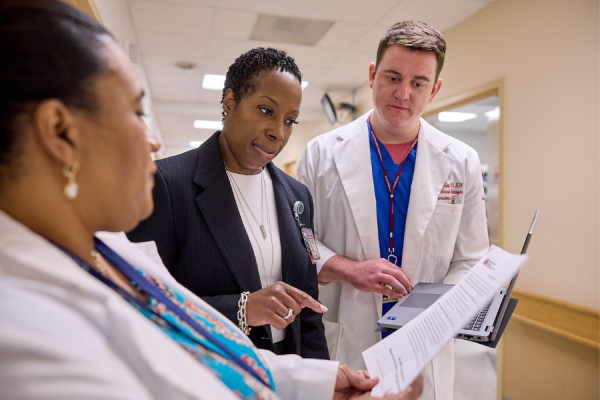Like millions of other viewers, I’ve been drawn into the new medical drama The Pitt. Set in the fictional Pittsburgh Trauma Medical Hospital, the show centers on Dr. “Robby” Robinavitch—portrayed by Noah Wyle—as he confronts not only relentless medical emergencies, but also the everyday struggles of an overburdened healthcare system. One recurring theme: Robinavitch’s pleas to the hospital’s chief medical officer to hire more nurses. Unfortunately, this plot element isn’t an exaggeration for dramatic effect. It reflects a very real and growing crisis playing out in hospitals in Pennsylvania and across the country.
Hospitals are facing critical labor shortages, threatening both the quality of care and the financial stability of our healthcare system. By 2037, the U.S. is projected to face a shortage of 208,000 Registered Nurses (RNs) and 82,000 allied health professionals. Without meaningful changes to workforce investment, that gap could soon swell to as many as 450,000 nurses. Rural hospitals are particularly hard hit. This crisis is unfolding just as demand for care is expected to rise dramatically, with the share of Americans aged 65 and older projected to grow from 17 percent to 23 percent of the total population by 2050.




